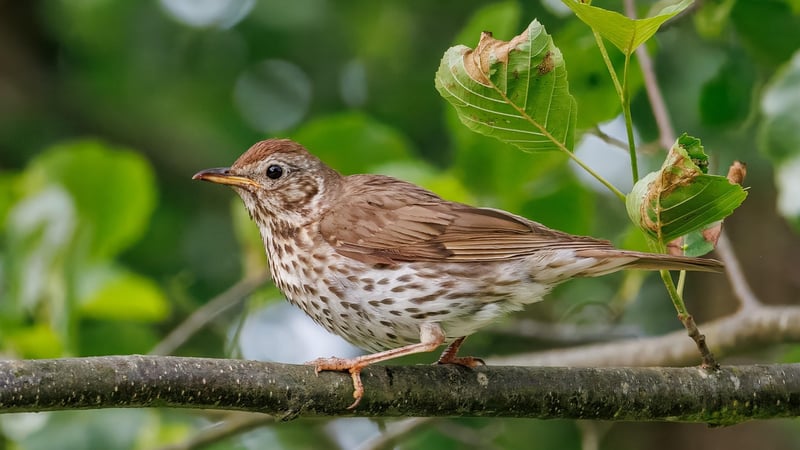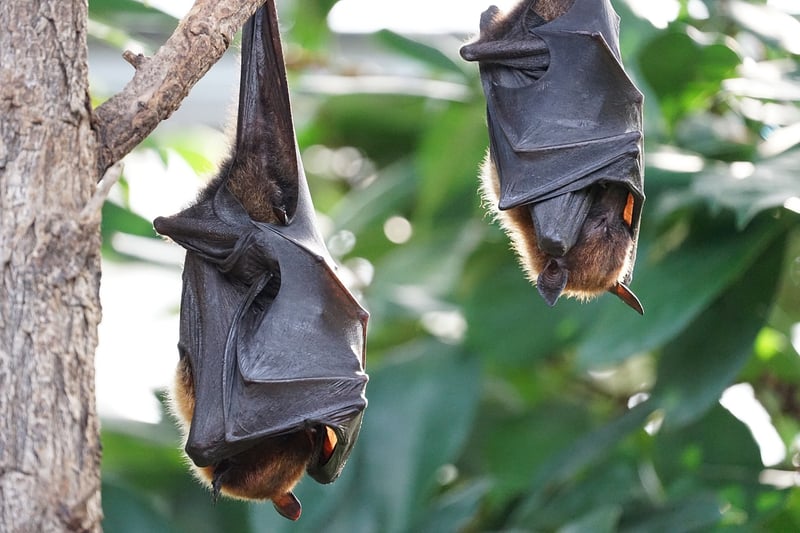Bat Conservation
Welcoming Wildlife in Cities

As urban areas continue to expand, creating spaces that welcome wildlife is becoming increasingly important. From birds and insects to mammals and reptiles, cities can be diverse habitats for various species when provided with the right conditions.
Creating Wildlife-Friendly Spaces
1. Green Spaces: Incorporating parks, gardens, and green rooftops can provide wildlife with natural habitats within the city.
2. Native Plants: Planting native species helps support local biodiversity and provides food and shelter for wildlife.
3. Water Sources: Installing bird baths, ponds, or small water features can attract birds, insects, and other animals.
Benefits of Urban Wildlife
1. Biodiversity: Supporting wildlife in cities contributes to overall biodiversity conservation efforts.
2. Pollination: Bees, butterflies, and other pollinators play a crucial role in urban gardens and green spaces.
3. Educational Opportunities: Observing urban wildlife can be a great educational experience for residents, especially children.
Bat Conservation

Bats are essential for ecosystems as they help control insect populations and pollinate plants. However, bat populations are declining due to habitat loss and other threats.
How to Help Bats
1. Provide Bat Houses: Installing bat houses can offer shelter for bats, especially in urban areas where natural roosting sites may be limited.
2. Avoid Pesticides: Using pesticides can harm bats indirectly by reducing their insect prey.
3. Support Conservation Efforts: Getting involved in local and global bat conservation initiatives can help protect these important creatures.
By creating wildlife-friendly spaces and supporting bat conservation efforts, urban areas can become more sustainable and inclusive environments for both humans and wildlife.
